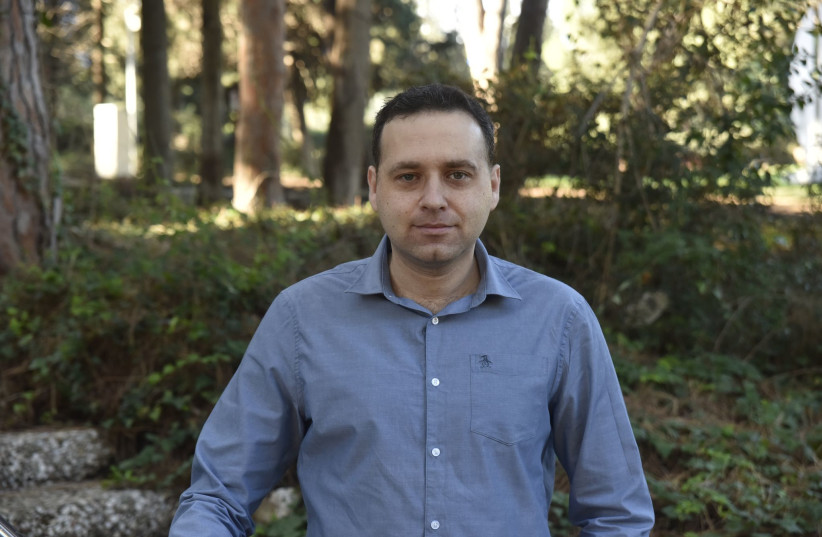Researchers at the Technion-Israel Institute of Technology have developed a new technology that allows for ultra-high-resolution images near 10 micrometers to be taken, advancing the development of small ultrasound systems and other technologies.
The technology, called SPADE (Silicon-Photonics Acoustic Detector), is based on a study by Professor Amir Rosenthal and PhD student Yoav Hazan from the Andrew and Erna Viterbi Faculty of Electrical and Computer Engineering at the Technion, published in the peer-reviewed journal Nature Communications. The study was supported by the Israel Innovation Authority, the National Science Foundation, the Russell Berrie Nanotechnology Institute (RBNI), the Polak Foundation and the Ollendorf Minerva Center.
A primary advantage of ultrasound, commonly used to monitor conditions in human tissues, in comparison with other medical imaging systems is it does not use ionizing radiation, which is dangerous in large amounts.

A major challenge in ultrasound is developing endoscopic transducers that are small enough to be inserted into the body without invasive surgery. These are often necessary in order to directly scan targeted tissues.
One difficulty is that making transducers smaller necessarily makes them less sensitive. The SPADE, however, uses optical components instead of electrical components, allowing ultrasounds to be taken in better resolutions than previously possible. The Technion researchers said this technology could also improve the resolution of other diagnostic methods such as vascular imaging.
